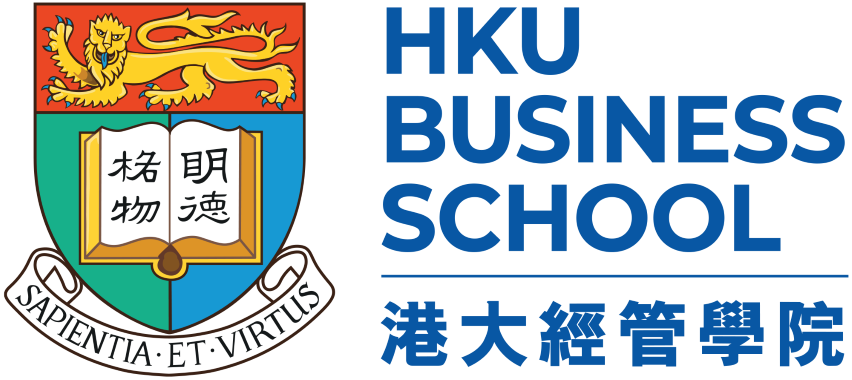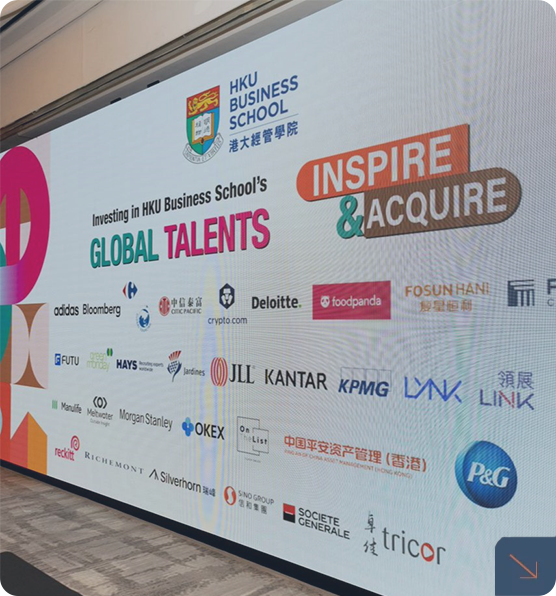“A Computational Social Science Framework for Learning and Visualizing the Latent Language of Structured IoT Interaction Data” by Prof. Thomas P. Novak
Marketing Seminar
Speaker:
Professor Thomas P. Novak
Denit Trust Distinguished Scholar and Professor of Marketing
Co-Director, Center for the Connected Consumer
George Washington University
Abstract:
The Internet of Things (IoT), comprised of billions of smart devices representing trillions of interactions, has the potential to generate entirely new consumer experiences. In this paper, we develop a computational social science framework, grounded in assemblage theory concepts, to extract the shape and structure of consumer experience from the language of IoT interactions rendered as structured text. Our multi-stage framework uniquely integrates methods from computational linguistics (word2vec), unsupervised machine learning (t-SNE), and computational topology (topological data analysis) to: 1) identify and visualize the structure of the segments of consumer experience based on the similarity between IoT interaction events, and 2) for any given IoT interaction event, discover similar events that can further exploit current use and help explore new uses. Because the results are extracted from the actual interactions consumers engage in when they connect devices and services together, in the language in which they connect them, our framework can help consumers expand their use of the IoT and help marketers better target their marketing and communications programs and product and business development efforts.
* This is a 3-hour workshop. The first section is offered by Prof. Thomas Novak and the second section is offered by Prof. Donna Hoffman.





